How did Duolingo turn a free language learning app into a big business with a market capitalization of over $20 billion?

The language learning app '
How Duolingo Turned a Free Language App Into a $7.7B Business | WSJ The Economics Of - YouTube
Duolingo is a popular language learning app used by over 30 million people every day, some of whom have been using it for over 10 years.

Duolingo's annual revenue exceeds $500 million (approximately 79.2 billion yen), and

Despite being such a successful business, all lessons available on Duolingo are free, and only 8.6% of users are paid members. In other words, most users use Duolingo for free.

Additionally, advertising revenue, a common source of revenue for apps, accounts for less than 8% of the total, and the app does not display a large number of ads.

One of the reasons for Duolingo's success is its 'high level of game-like quality.' When you hear the word 'language learning,' you might imagine monotonous repetition like studying at school, but when you actually use Duolingo, you realize that it's more like a game than studying.

Free users are given 'HP' each day, and if they get a question wrong five times in a day, their HP will drop to zero and they will no longer be able to challenge the next question.
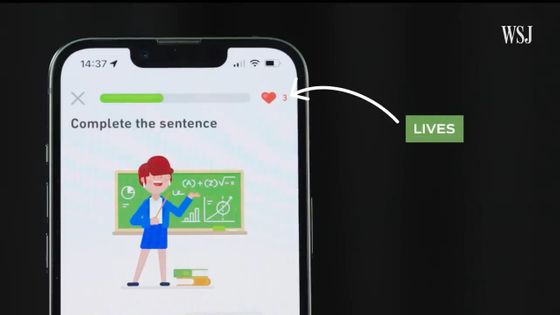
There is also a progress bar for each lesson, allowing you to keep track of your learning progress like you are progressing in a game.
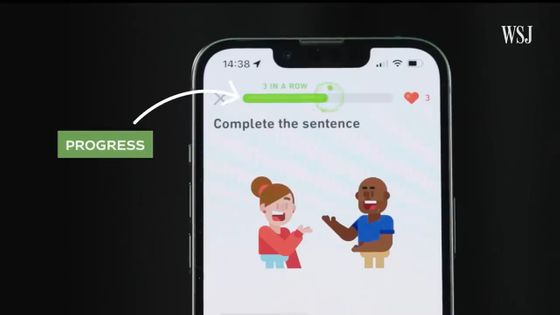
Additionally, Duolingo encourages users to continue using the app by allowing them to earn experience points by solving problems and by tracking their consecutive play days.
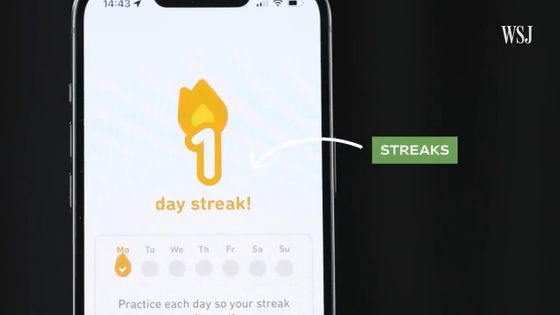
These efforts helped Duolingo gain 3 million users in its first few years.
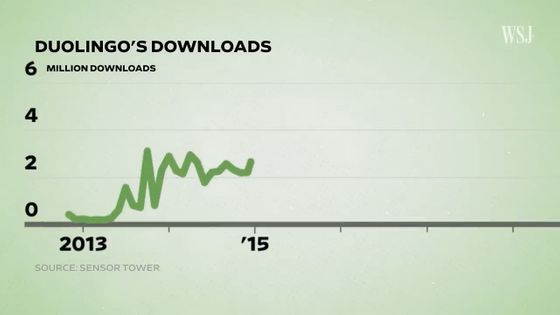
According to Duolingo founder and CEO
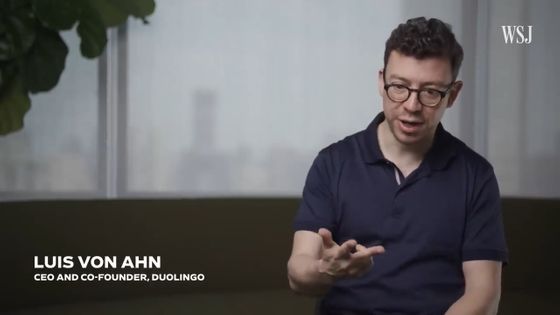
However, the board of directors that had invested in Duolingo eventually ordered the company to 'make a profit,' and efforts to monetize the company began in earnest. However, Mr. Ahn said, 'We wanted Duolingo to be a way to learn languages for free, so we were a little troubled.'
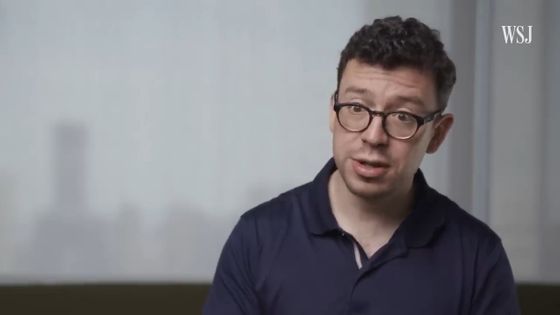
So Duolingo started using ads in 2017, but they still don't make up a significant portion of its revenue stream.
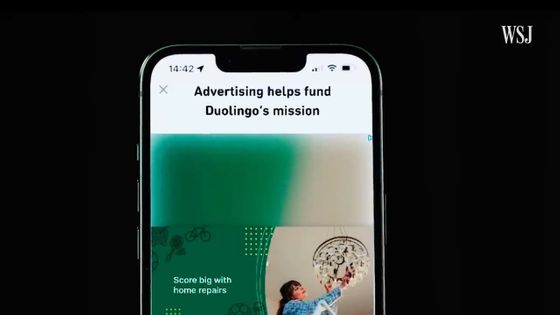
The main source of revenue is the paid plan, which costs $10 (approximately 1,600 yen) per month and offers perks such as 'removing ads' and 'getting unlimited homepages.'

Duolingo has grown significantly during the COVID-19 pandemic, thanks to its popularity among people who want to learn languages instead of traveling. According to analysts, Duolingo has more than 10 times the downloads of its main rival and boasts 8 million paid subscribers.

'As you know, the majority of our revenue comes from less than 10% of our active users. They account for about 80% of our revenue,' Ahn said.
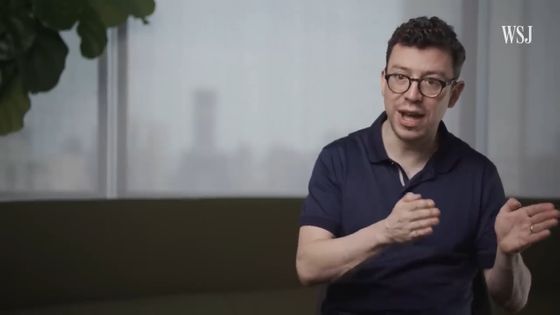
'Gamifying language learning' may sound simple, but a lot of experimentation goes into making it happen, and the app is continually being improved.
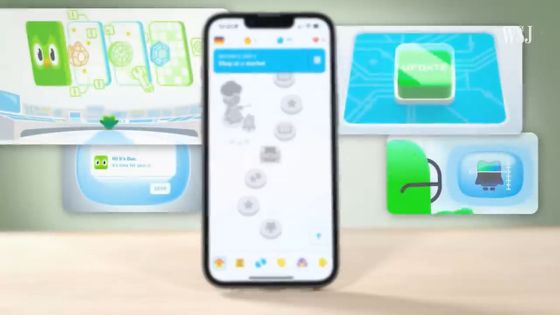
'Every time a user uses the app, we measure how long they use it and whether they come back the next day,' An said. 'Then we try different things: when to send notifications, what to write in the notifications, whether to make the lessons a little harder or easier, longer or shorter, etc.'
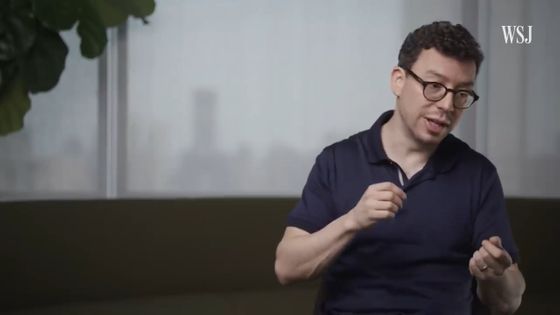
Duolingo's push notifications are varied and will warn you when your streak is about to end.
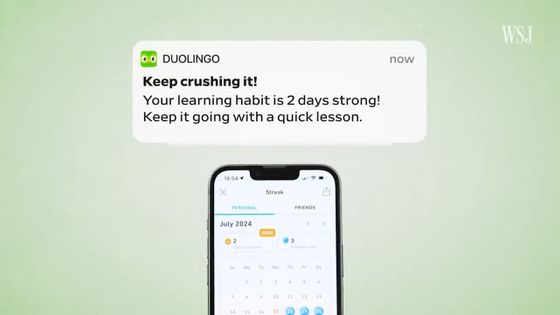
At first, Duolingo's message was simple, but it evolved into something unique by incorporating memes and appealing to users' emotions.
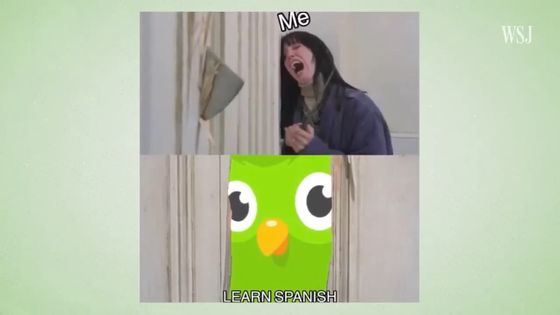
Some messages even try to make users feel guilty, like 'It looks like these notifidations aren't working. We're going to stop sending them for now.' These messages made users feel guilty and more likely to open the app again. Duolingo says these messages increased user retention by 3%.
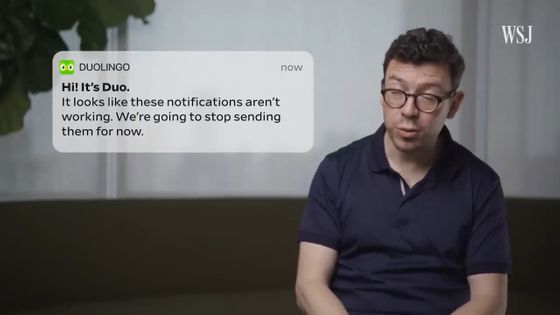
More importantly, Duolingo sends different messages to each user, using AI to gauge the effectiveness of different times and message content for specific users.
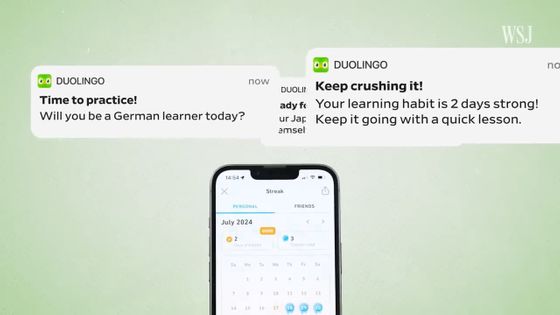
Duolingo uses a '
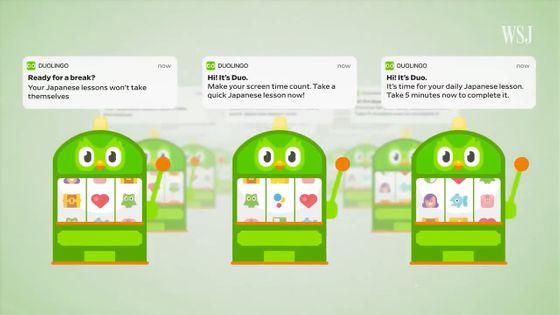
Once they have identified the play that resulted in the big win, they will then investigate whether that play was actually effective or just down to luck, and look for a truly effective method.
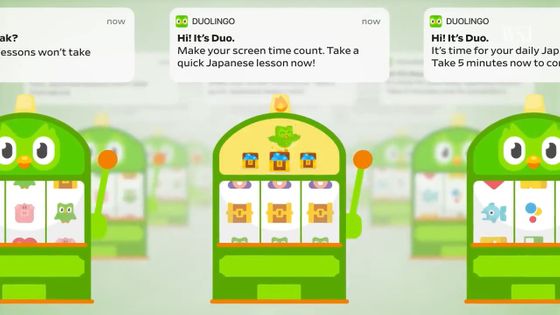
Duolingo does the same thing by sending different notifications to a large number of users, and they found that optimizing notification times was more effective for Chinese learners than for English learners, for example.
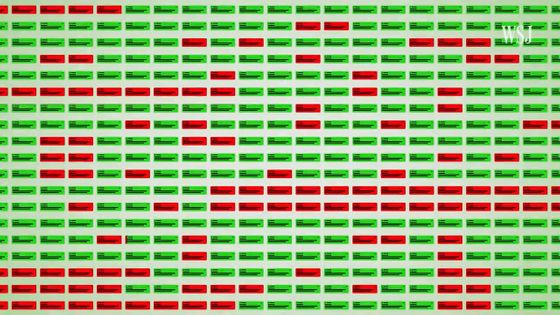
Duolingo users complete 13 billion lessons every week, and Duolingo can use all that data to improve its AI, which will personalize the learning experience and keep users learning.
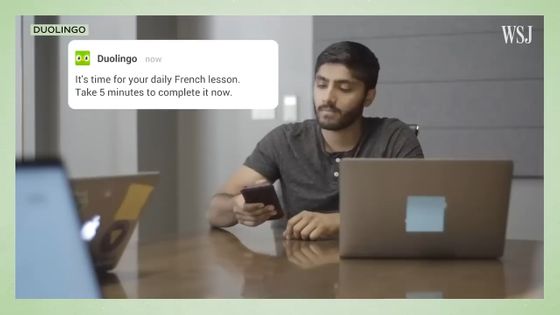
In most A/B tests, about 5% of users are unwittingly selected as test subjects.
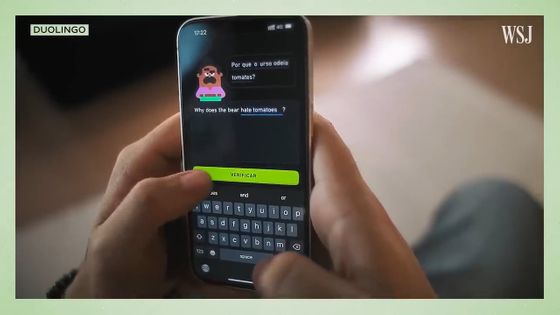
While An doesn't know the exact number, he estimates that Duolingo has conducted over 10,000 tests. 'We've been doing A/B testing to get more people to pay, more people to use the app, and more people to recommend it to their friends. Without this, we wouldn't have been successful,' he said.
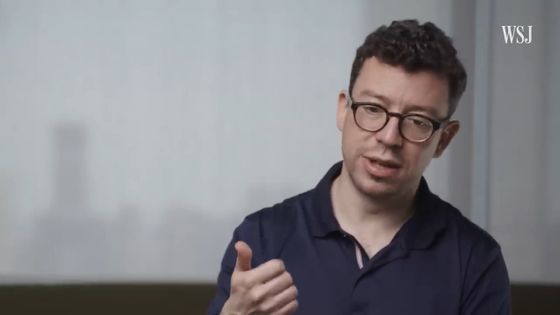
Despite being the most successful language learning app in the world, Duolingo faces challenges: for example, its low paid user base means that its revenue is not as high as Babbel's, which dominates in downloads.
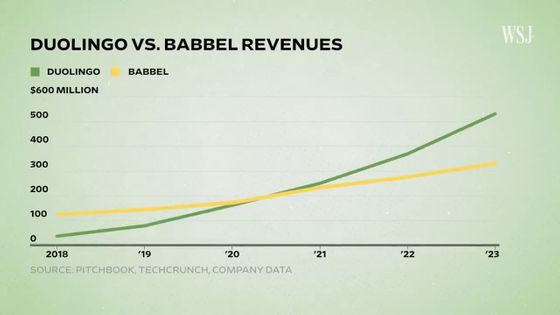
Ahn asserts that changes such as increasing the number of ads displayed at the end of lessons would quickly increase the number of paying subscribers, but points out that such measures would also hinder Duolingo's growth.
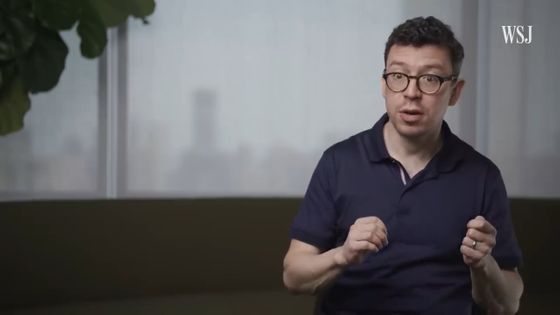
So Duolingo is exploring new ways to get users to pay, including the launch of its new paid plan
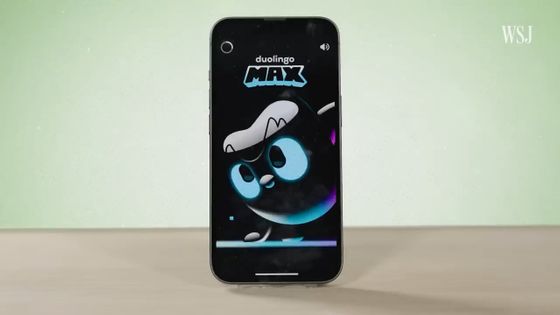
Duolingo Max costs about $30 per month (4,490 yen per month in Japan) and allows users to role-play conversations with AI-powered bots. Duolingo previously considered adding a feature that would allow human users to talk to each other, but advances in AI technology have made it possible for humans and AI bots to converse naturally. This is a feature that is easier for users to use and has been well-received, as it has a lower barrier to entry than actually talking to a human.
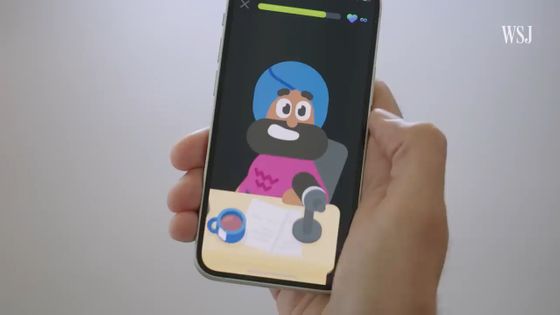
Although Duolingo has launched a new paid plan, they will continue to offer all lessons for free.

Related Posts:







